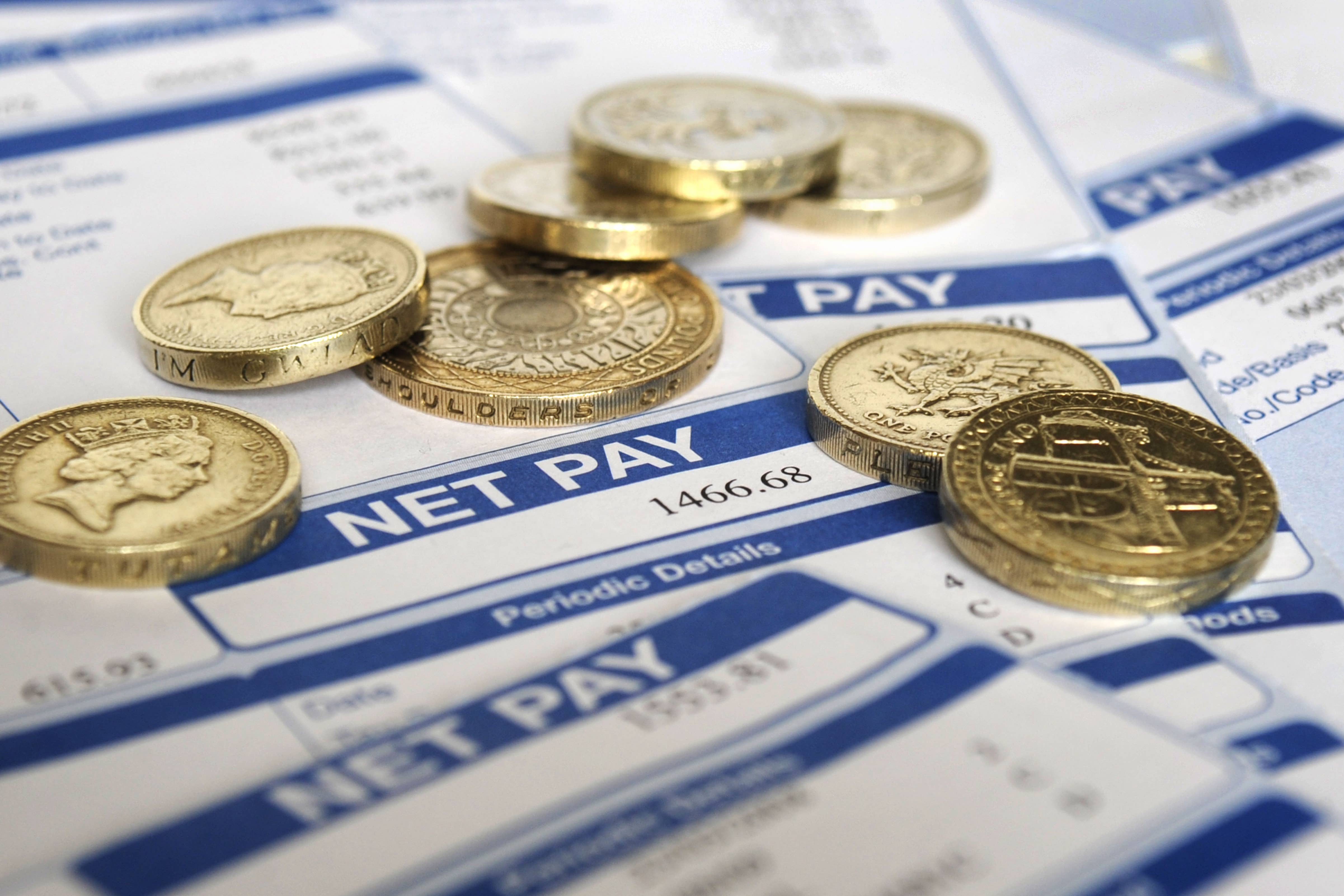Pay growth slows to two-year low as jobless rate edges down
The ONS said regular wage growth fell to 5.1% year on year over the three months to July, marking the lowest level since the quarter to July 2022.

Your support helps us to tell the story
From reproductive rights to climate change to Big Tech, The Independent is on the ground when the story is developing. Whether it's investigating the financials of Elon Musk's pro-Trump PAC or producing our latest documentary, 'The A Word', which shines a light on the American women fighting for reproductive rights, we know how important it is to parse out the facts from the messaging.
At such a critical moment in US history, we need reporters on the ground. Your donation allows us to keep sending journalists to speak to both sides of the story.
The Independent is trusted by Americans across the entire political spectrum. And unlike many other quality news outlets, we choose not to lock Americans out of our reporting and analysis with paywalls. We believe quality journalism should be available to everyone, paid for by those who can afford it.
Your support makes all the difference.UK earnings growth has slowed to a two-year low but the unemployment rate edged back in a more encouraging sign for the jobs market, according to official figures.
The Office for National Statistics (ONS) said that regular wage growth fell to 5.1% year on year over the three months to July, marking the lowest level since the quarter to July 2022.
With Consumer Prices Index inflation taken into account, UK workers saw their pay increase by 3%, down from 3.2% in the previous three months.
The ONS also said the rate of unemployment was 4.1% over the three months to July, dropping from 4.2% over the previous three months.
The latest labour market figures are seen as being particularly important, as the rise in total earnings is used to determine the “triple lock” guarantee for the state pension.
This means that state earnings are set to rise by 4% next April although the wage growth figures are subject to possible revisions and the Government will confirm the planned increase in the autumn.
The state pension increases every April in line with the highest of average earnings growth in the year from May to July of the previous year, CPI inflation in September of the previous year, or 2.5%.
The rise in total pay is the lowest for nearly four years, according to the ONS.
Liz McKeown, director of economic statistics at the ONS, said: “Growth in total pay has slowed markedly again as one-off payments made to many public sector workers in June and July last year continue to affect the figures.
“Basic pay growth also continued to slow, though less sharply.
“When taken together on a comparable basis, our different measures all show growth in the number of employees over the latest quarter, though annual growth has slowed over the year.”